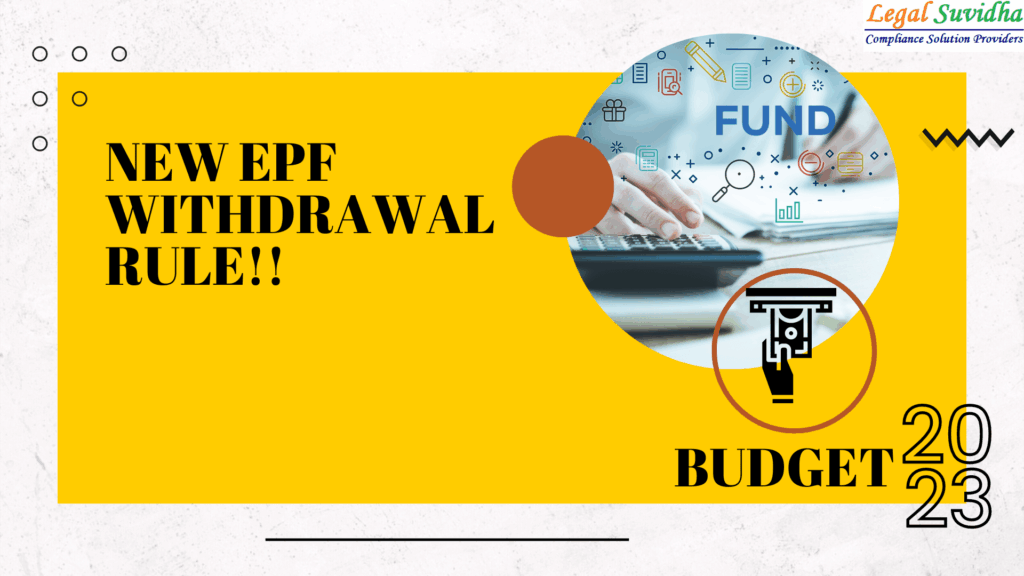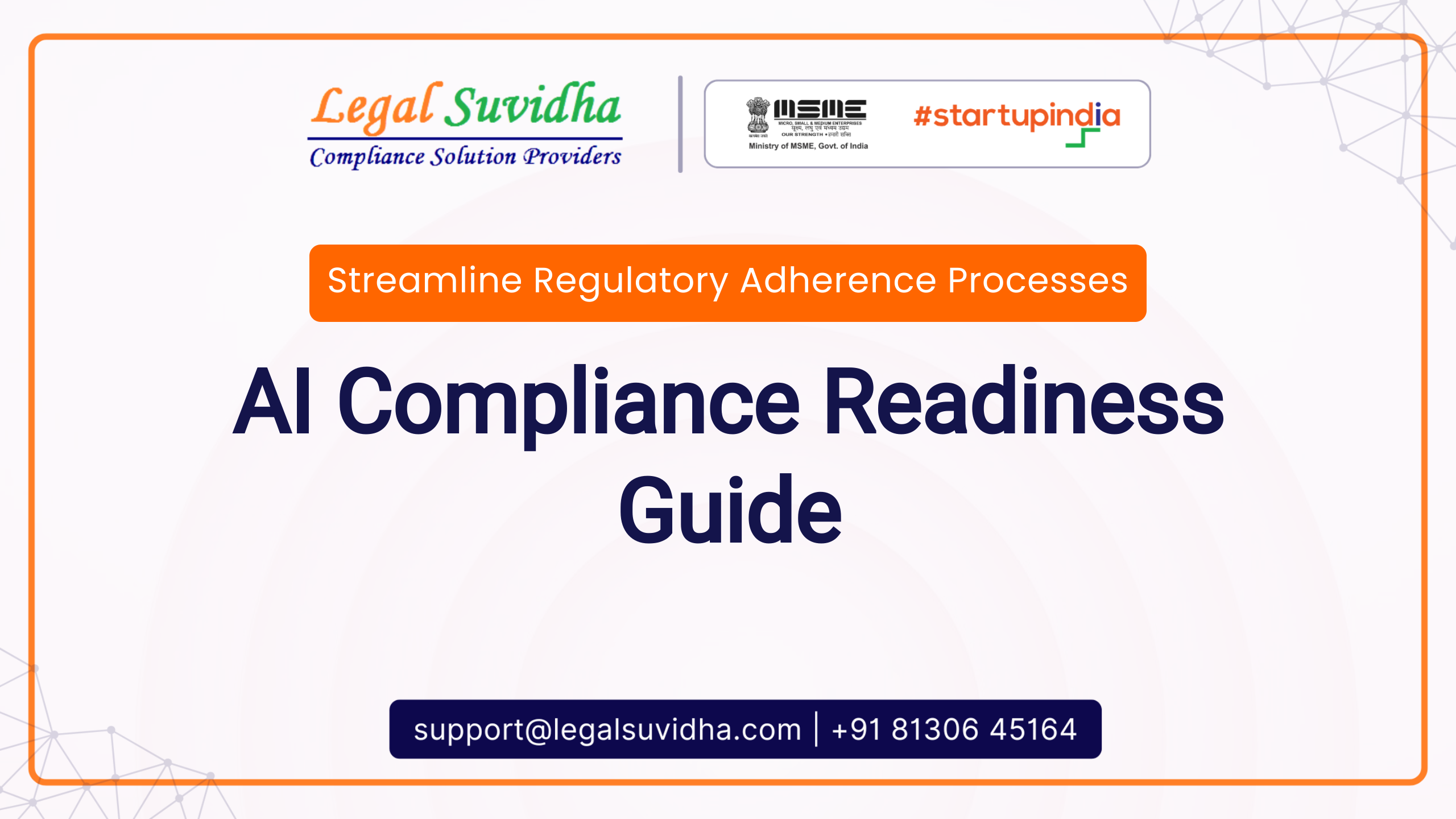BUDGET 2023: TDS RATE ON EPF WITHDRAWALS FOR NON-PAN HOLDERS
What is EPF?
The Employee Provident Fund (EPF) is a retirement savings scheme for employees in India. It is a mandatory contribution made by both the employee and the employer, and the funds collected under the EPF scheme are managed by the Employees’ Provident Fund Organization (EPFO). The EPF is designed to help employees save a portion of their income for their retirement years and provides financial security in old age.
Under the EPF scheme, an employee contributes 12% of their basic salary and dearness allowance to the EPF account, while the employer contributes an equal amount. The employee can also choose to contribute an additional amount, known as Voluntary Provident Fund (VPF), to their EPF account. The EPF account earns interest, which is calculated on a yearly basis, and the interest rate is determined by the EPFO.
Employees are eligible to withdraw their EPF balance after they have completed five years of continuous service or in case of unemployment. In addition, partial withdrawals are allowed in certain circumstances such as marriage, education of children, or medical emergencies.
Overall, the EPF is an important savings tool for employees in India and provides them with a secure source of income during their retirement years.
Importance of Employee Provident Fund (EPF)
The Employee Provident Fund (EPF) is a crucial component of an employee’s financial planning, as it provides several benefits:
- Long-term savings: EPF helps employees save a portion of their income for their retirement years, providing a secure source of income in old age.
- Tax benefits: Contributions made to the EPF account are eligible for tax deductions under Section 80C of the Income Tax Act. This reduces the taxable income, providing tax savings for the employee.
- Interest income: The EPF account earns interest, which is calculated on a yearly basis. The interest rate is determined by the Employees’ Provident Fund Organization (EPFO) and is usually higher than other fixed-income investments such as savings accounts and fixed deposits.
- Life Insurance: The EPF also provides life insurance coverage to employees, with the sum insured being equal to the EPF balance.
- Nomination facility: Employees can nominate a person or persons to receive the EPF balance in the event of their death. This provides a sense of security to the employee and their family.
- Withdrawal: EPF provides a flexible withdrawal option, which enables employees to withdraw their EPF balance in case of unemployment, retirement, or specific emergencies such as medical treatment or marriage.
Overall, the EPF is a critical component of an employee’s financial planning and helps employees accumulate long-term savings, enjoy tax benefits, and secure their financial future.
Withdrawal of EPF:
An individual can withdraw the EPF balance under certain circumstances such as:
- Retirement: An individual can withdraw the entire EPF balance after they have reached the age of 58 years and have completed five years of continuous service.
- Unemployment: If an individual has been unemployed for a continuous period of two months, they can withdraw the entire EPF balance.
- Partial Withdrawal: Partial withdrawal is allowed for specific purposes such as medical emergencies, marriage, education, purchase of a house, etc.
- Termination of Employment: In case of termination of employment, an individual can withdraw the EPF balance after two months from the date of termination.
To initiate the withdrawal process, an individual must submit a claim form (Form 19) along with the required documents to the EPFO office. The claim process usually takes around 20 to 30 days to complete, and the EPF balance will be credited to the individual’s bank account.
It is important to note that EPF withdrawal is taxable under certain circumstances, such as if the employee has not completed five years of continuous service, and the tax rules can vary depending on the specific withdrawal scenario. Therefore, it is advisable to seek the guidance of a financial expert before making a decision on EPF withdrawal.
Process of Withdrawal of Employee Provident Fund(EPF):
The process of withdrawing the Employee Provident Fund (EPF) balance involves the following steps:
- Obtain the claim form: To initiate the withdrawal process, the employee must obtain the claim form, known as Form 19, from the EPFO office or download it from the EPFO’s official website.
- Fill in the details: The employee must fill in the required details in the claim form, including the personal and employment details, bank account details, and the reason for withdrawal.
- Submit the form and documents: The employee must submit the completed claim form along with the required documents, such as a photocopy of the PAN card, Aadhaar card, and passbook, to the EPFO office.
- Approval of the claim: The EPFO will process the claim and verify the details and documents submitted by the employee. If everything is in order, the EPFO will approve the claim and release the EPF balance to the employee’s bank account.
- Receiving the funds: The EPF balance will be credited to the employee’s bank account within 20 to 30 days from the date of approval of the claim.
It is important to note that the process and requirements for EPF withdrawal can vary depending on the specific circumstances and reasons for withdrawal. Therefore, it is advisable to seek the guidance of a financial expert and to check the latest rules and regulations before initiating the withdrawal process.
CHANGE IN TDS RATE ON EPF WITHDRAWALS:
The tax deducted would have been diminished to 20% from 30% for the non-PAN cases towards the withdrawals of the Employees’ Provident Fund (EPF). This circulation is for those people whose Permanent Account Number (PAN) is not revamped with the records in the Employees’ Provident Fund Organization (EPFO).
Present Law of TDS Rate on EPF Withdrawals
When the money would get withdrawn within five years of the opening of the EPF account, the Tax Deducted at Source(TDS) shall get deducted on the withdrawal of EPF, as per the present income tax statute. When the withdrawal would get performed prior to 5 years of service then the same shall get deducted at 10%. With the highest slab rate of 30%, the TDS would get deducted, when the permanent account number (PAN) does not been furnished for the case of employment service of fewer than 5 years.
No TDS would get levied for the case when the whole amount withdrawn is not more than Rs 50,000 for a service of fewer than 5 years.
This TDS can be ignored through filing Form 15G or 15H for senior Citizens for the EPF account holders withdrawing an exceeding amount of Rs 50,000, considering the income is less than Rs 2.5 lakh. A PAN should be held by the subscribers for applying to these forms. With the help of the websites of the banks, the same forms would also get submitted as permitted by some banks.
TDS Rate for Non-PAN Holders on EPF Withdrawals
The rate of TDS shall drop down to 20% for the case when the EPF account does not get seeded with the account holder’s PAN card from 1st April 2023 or from the start of the Fiscal year 2024.
Procedure to Withdraw the Money from EPF Accounts
An online claim could be performed by the subscribers to withdraw money from EPF. To get the approval the same claim would get forwarded to the employer. The amount would get credited to the account of the subscribers in 10 days after getting approval.
The contribution of the employee is 12% of their salaries in the EPF accounts and also the employers contribute the identical amount. On the website, the subscribers are permitted by the Employees Provident Fund Organization (EPFO) to see their balance online. A facility for informing the balance information is also been provided through SMS service and a missed call by EPFO.









